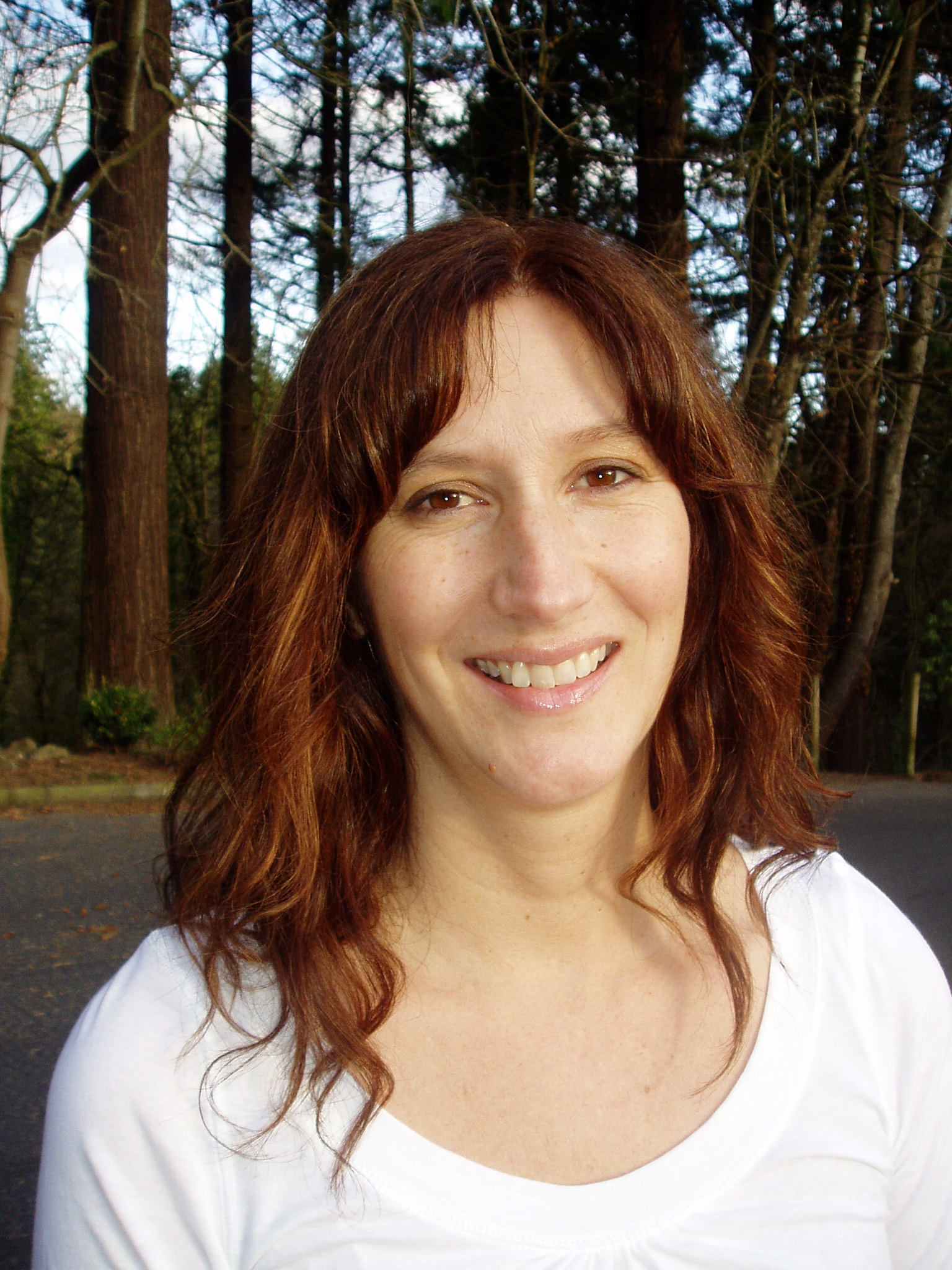My family recently went on a fun camping trip to the Painted Hills and John Day River. We stopped in one of the coolest little museums I’ve seen in a long time, the Kam Wah Chung Museum in John Day. There is a really informative interpretive center, but the amazing part is getting a tour of the completely intact store and Chinese apothecary/doctor’s office from the early part of the 20th century.
The building was owned and operated by Lung On, a businessman, and Ing Hay, or ‘Doc’ Hay, a doctor trained in China. Both men came to Oregon in order to escape instability and famine in China. Most Chinese men who came to America at the time worked in gold mining or railroad construction, but Lung On could read and write English and Chinese, and Doc Hay was trained as a doctor. He practiced Asian medicine, used the pulse to diagnose and used herbs to treat many illnesses that Western doctors of the time considered untreatable, such as blood poisoning and gangrene. There are many accounts in the museum from residents (both white and Chinese) who owe their well-being, if not their life, to Doc Hay. Lung On was a great entrepreneur, who owned the first car dealership in John Day. He ran the general store at Kam Wah Chung, and also wrote letters for many in the Chinese community. Lung On died in 1940 and Doc Hay in 1952.
The store was sealed up, given to the State Park system, and then re-opened as a museum. The museum stresses that both men were accepted by the white community in John Day, though most of the Chinese who worked in the local mines were not welcomed by the local community. Apparently at the end of the 19th century, John Day had the biggest Chinatown in Oregon, with roughly 1000 residents. The front door of the Kam Wah Chang building has metal sheeting, and you can still see the bullet holes from regular Saturday night drive by shoot outs by whites, which the tour guide said was a regular occurrence.
This is an amazing, palpable, piece of American history. And I thought it was a lot more fun and engaging than looking at artifacts behind glass in a “regular” museum. It was easy to imagine it full of people, bustling as it was, as the cultural center of John Day’s chinatown. It is an innovative take on the exhibit (created apparently by the Oregon State Parks). My three-year-old thought the cool, dark building was a great place for a nap.



